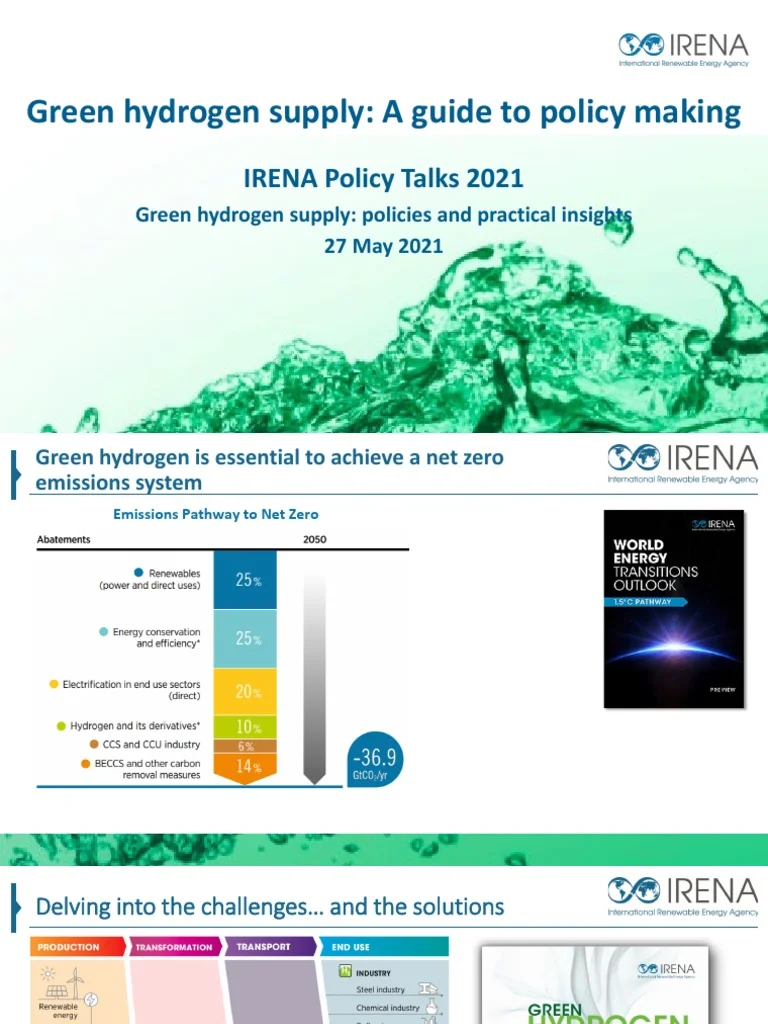Iren Stock: What's Driving the Volatility?
Title Fulfillment:
The article MUST be crafted to perfectly support and fulfill the promise of this title: "Iris Energy's $9.7B Microsoft Deal: More Than Meets the Eye?"
Power, Compute, and a $9.7 Billion Question Mark
Iris Energy (IREN) just inked a five-year, $9.7 billion deal with Microsoft for GPU cloud computing. That's a headline grabber, no doubt. The market reacted accordingly, sending Iris shares up over 8% on the day of the announcement. But let’s not get carried away by the sheer size of the number. Deals like these are rarely as straightforward as the press releases make them out to be.
The core narrative is compelling: Iris, initially a Bitcoin miner, is pivoting to AI compute, leveraging its access to substantial power – 2.75 gigawatts in West Texas. (That's enough to power a couple of million homes, for context.) This deal with Microsoft validates that pivot, with Microsoft getting access to Nvidia GB300 GPUs operated by Iris. A 20% prepayment by Microsoft supposedly de-risks execution. The contract runs through 2030. Sounds great, right?
But let's dig a little deeper. $9.7 billion over five years translates to roughly $1.94 billion per year. That’s a significant amount, but let's consider the broader context. Iris Energy's market cap is around $16 billion. So, this deal represents a substantial portion of their future revenue, but it's not exactly a game-changer relative to their existing valuation.
And here's the part of the report that I find genuinely puzzling: the deal involves Nvidia GB300 GPUs. These GPUs are not yet widely available. In fact, details about their performance and availability are still relatively scarce. So, how can Iris and Microsoft definitively commit to a five-year deal based on hardware that's not even fully baked? Are there escape clauses? What happens if the GB300s don't perform as expected? The announcement glosses over these crucial details. As reported by CNBC, Stocks making the biggest moves premarket: Iren, Kenvue, Cipher Mining, New Gold and more, the announcement led to significant premarket activity.

Reading Between the Lines of Infrastructure
The other player in this AI infrastructure game is CoreWeave (CRWV), a pure-play GPU cloud provider. They boast a $30.1 billion revenue backlog. That's more than three times Iris's Microsoft deal. CoreWeave also has Nvidia as a strategic investor, holding a roughly 7% stake. This suggests a tighter relationship with the GPU manufacturer, potentially giving them an edge in securing access to the latest hardware.
Iris also reached a $5.8 billion agreement with Dell for GPUs and related infrastructure. It plans to use existing cash, Microsoft's prepayments, cash flow, and new financing to fund these investments. This is where it gets interesting. The company is betting big – really big – on this pivot. It's not just repurposing existing assets; it's committing to massive capital expenditures.
Here's where my analyst's skepticism kicks in: Iris is essentially betting the farm on a single customer and unproven GPU technology. While Microsoft's prepayment mitigates some risk, it doesn't eliminate it. Campus buildouts and GPU delivery schedules are notorious for slipping.
CoreWeave, on the other hand, benefits from a more diversified customer base and a closer relationship with Nvidia. Their model – offering specialized GPU infrastructure without the baggage of legacy enterprise software – seems to be resonating with customers who need raw computing power without long-term commitments.
It's also worth considering the competitive landscape. Amazon, Alphabet, and Microsoft are all investing heavily in their own AI infrastructure. Can Iris and CoreWeave truly compete against these giants in the long run? Their best bet is to carve out a niche – focusing on specific workloads or customer segments that the hyperscalers can't serve profitably.
A Bet, Not a Sure Thing
The Iris Energy/Microsoft deal isn't a guaranteed win. It's a high-stakes bet on unproven technology and a single major customer. While the $9.7 billion figure is eye-catching, it doesn't tell the whole story. The underlying risks and uncertainties are substantial. It's a classic case of "more than meets the eye."
